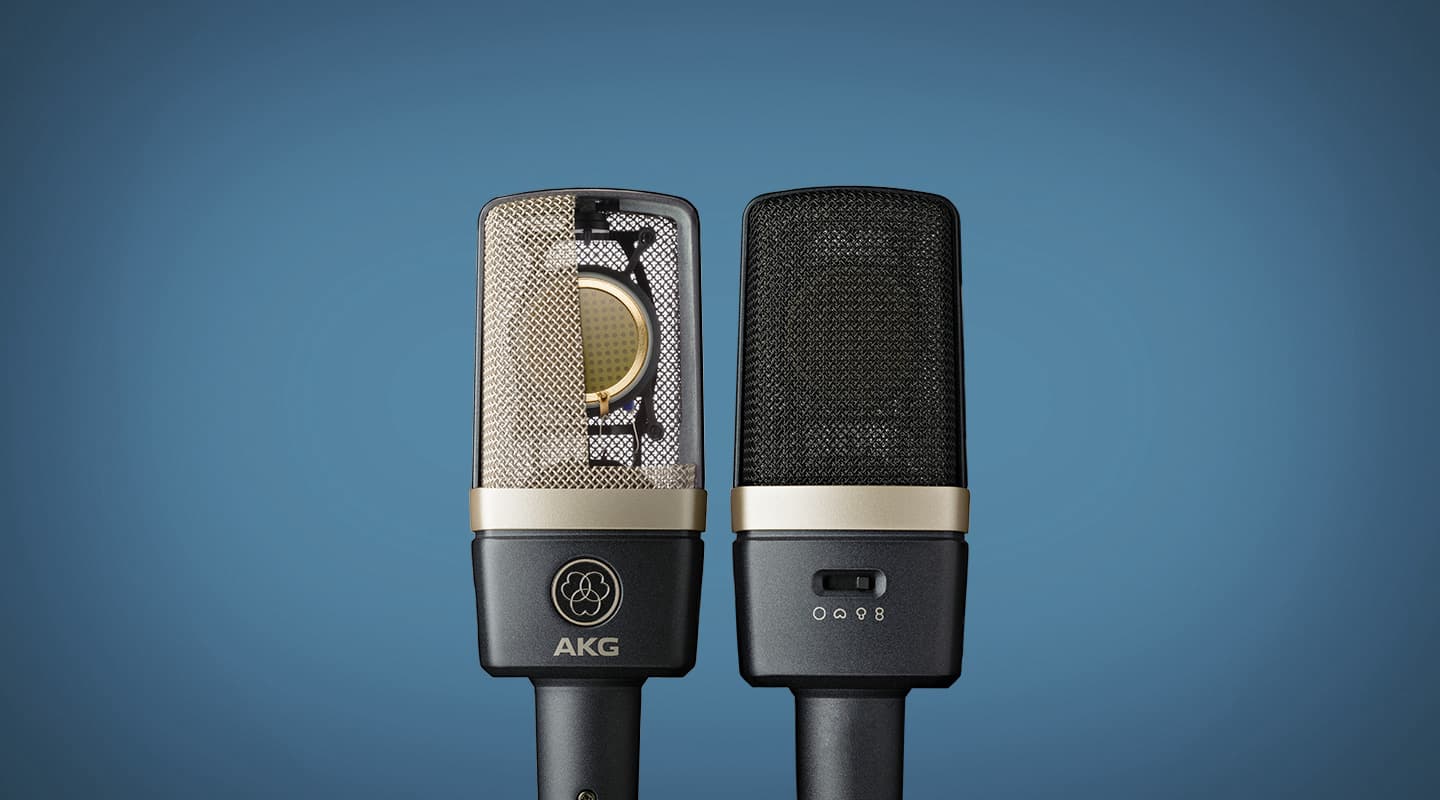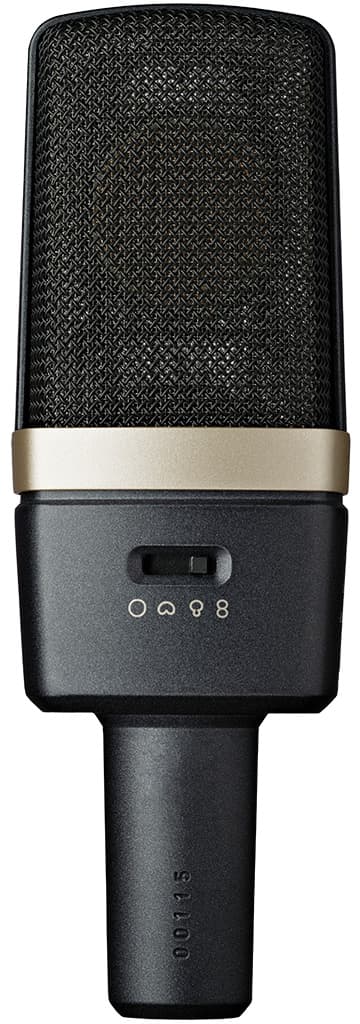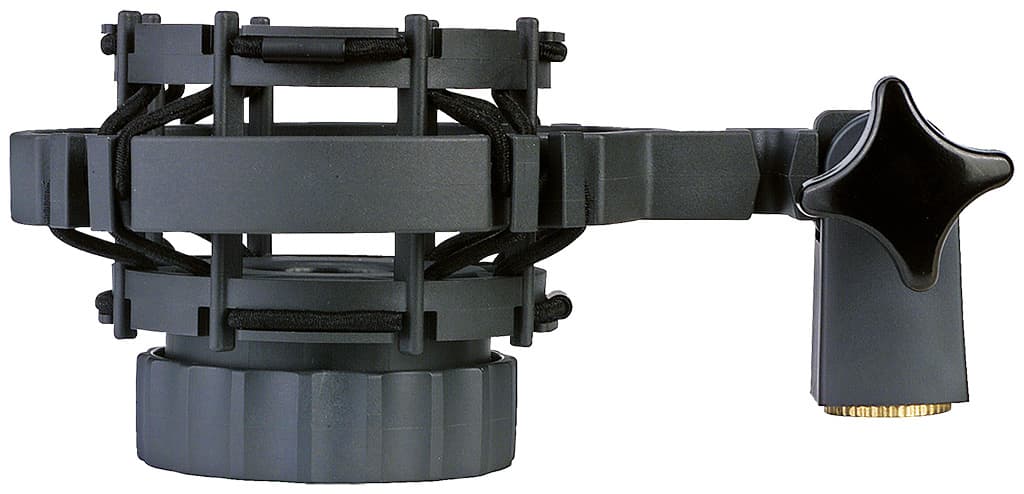
Review: AKG C314 Multi-Pattern LDC Microphone
The C314 — a C414 in a C214 body — but without the identity crisis.
Review: Christopher Holder
I’ve been playing with AKG’s C314 for a while now, and I can’t help but wonder: what is AKG thinking? The C314 just seems too good to be true. Especially for someone who has a hankering for a C414 but without the capital to match.
The AKG C414 is a classic. Since the ’70s it’s been put in front of anything, sometimes everything, with good results. Classical people have always liked them because they’re quiet and transparent; rock people for the way they record acoustic guitars, drum overheads and vocals. Live engineers like their compact size, robust build and resistance to feedback.
AKG updates the C414 every 10 years or so, and sure there’s been variations in sound with different models and manufacturing materials but it’s always maintained that signature smooth midrange and distinctive, airy high end. The current versions are very nice. The silver-faced C414 XLS and the slightly brighter-sounding, gold-faced C414 XLII, are luxuriously engineered with nine polar patterns, multiple pad settings, multiple high-pass options, and electronic switches with indicator LEDs.
Good value they may be, but the price for these new C414s is quite high and perhaps beyond many project studios. I also think they might be too nice for the majority of live shows. At a certain level of production, sure, but in the real world it’s a lot of money’s worth of microphone at risk in unpredictable live environments. Stage mics get bumped and occasionally knocked over — regularly during band changeovers at folk festivals, I’ve found — and it might rain. AKG has gone some way to addressing both these issues with its latest release: the AKG C314. It combines the capsule from the C414 XLS with the body from the single-diaphragm, fixed-pattern C214 to create a product some users, me included, see as combination of the best elements of both.
NATURALLY QUIET
In the studio, my first impression was that it’s almost eerily quiet, and the off-axis response is natural. Its combination of high sensitivity (20mV/Pa) and low self-noise (8dBA) contributes to the C314’s very modern sound. It’s also accurate and fast, with great transient detail and a slightly flattering overall response. On paper it’s close to flat in the Omni setting, but compared to the C414 it has a wider and deeper dip centred around 2kHz, and a wider boost above 5kHz, in the directional settings.
Through speakers it’s so uncoloured below 1kHz you don’t really notice the mic at all unless the source is close enough to induce some proximity effect. This is not an aggressive mic; the couple of dB attenuation around 2kHz contributes to the overall smoothness and tames harshness in strident vocals. The high-end boost delivers the distinctive AKG airy sheen to vocals and it won an acoustic guitar shootout by having the shiniest top end when I was setting up for a recording. It’s bright without being forced or spiky. I used it for vocals on a session that was already half done and it made the mic I’d been using sound grainy… hate that. I then started using it on everything I could for a while and it doesn’t miss technically, all recorded sounds are usable and I found it really brought out the character of different preamps.
NEED TO KNOW
AKG C314
Multi-Pattern LDC microphone

JAM IT ON A BANJO
A tougher test was the annual Guildford Banjo Jamboree. Don’t laugh, it’s one of my favourite events and an excellent test gig for microphones. All acoustic acts, with not a DI in sight. The festival takes place in three venues over three days. It starts in a small wooden music hall built in 1853, moves to a typically reverberant town hall the next day, and finishes with an outdoor concert on the final day. This year the C314 did all the single-mic acts and got used on a variety of instruments for the multi-mic acts. I enjoyed it from the start.
Live PAs, large-diaphragm condenser mics, delicate instrument sounds and performers who are often way off-mic is not a combination for the faint-hearted sound mixer… but it can deliver the purest sound you’ll ever hear through a PA. Gain is the aim and an accurate off-axis response affects how far the mic can be opened up before feedback. By this measure, the C314 was as good as any condenser mic I’ve used, delivering easy volume in each of the different environments.
It’s beautifully tuned for live sound too; the vocals are rich and engaging, it doesn’t get harsh at high levels and there’s plenty of sparkling detail from the instruments. It’s transparent and does that thing very good microphones do where they seem to be able to reach back to instruments, even if they’re a metre or more away, and bring them in closer to the microphone. I’ve written before about how the audience at these acoustic/Americana events take the sound very seriously and this year I lost track of the number of people asking what mic I was using… and none of them were asking because of its looks.
THE CONVINCER
I’m convinced. This is a great mic, a C414 in a C214 body. For AKG it fills a gap in the range between the top-selling, entry-level C214 and the fully-pro C414s. Also available in computer-matched pairs, the C314 will appeal to users who want the best possible sound quality and are happy to save a few dollars by forgoing a few patterns and features.
It would make itself right at home in any studio and the simpler body makes it more suitable for live work than its more expensive sibling. Made in Vienna, it has a three-year warranty but like all AKG microphones you’d expect it to be around for the long haul. I want one.
The AKG C314ST stereo pair is also now available. Contact distributor for more information.



















RESPONSES